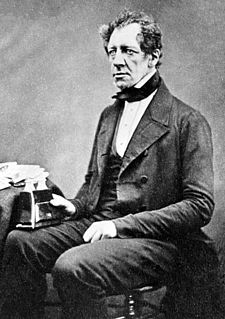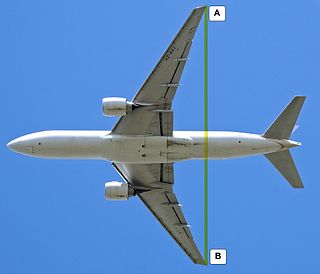| Ardozyga sodalisella | |
|---|---|
 | |
| Aranda, Australian Capital Territory | |
| Scientific classification | |
| Kingdom: | Animalia |
| Phylum: | Arthropoda |
| Class: | Insecta |
| Order: | Lepidoptera |
| Family: | Gelechiidae |
| Genus: | Ardozyga |
| Species: | A. sodalisella |
| Binomial name | |
| Ardozyga sodalisella (Walker, 1864) | |
| Synonyms | |
| |
Ardozyga sodalisella is a species of moth in the family Gelechiidae. It was described by Francis Walker in 1864. It is found in Australia, where it has been recorded from Queensland and New South Wales. [1]

The Gelechiidae are a family of moths commonly referred to as twirler moths or gelechiid moths. They are the namesake family of the huge and little-studied superfamily Gelechioidea, and the family's taxonomy has been subject to considerable dispute. These are generally very small moths with narrow, fringed wings. The larvae of most species feed internally on various parts of their host plants, sometimes causing galls. Douglas-fir (Pseudotsuga) is a host plant common to many species of the family, particularly of the genus Chionodes, which as a result is more diverse in North America than usual for Gelechioidea.

Francis Walker was an English entomologist. He was one of the most prolific authors in entomology, and stirred controversy during his later life as his publications resulted in a huge number of junior synonyms.

Australia, officially the Commonwealth of Australia, is a sovereign country comprising the mainland of the Australian continent, the island of Tasmania and numerous smaller islands. It is the largest country in Oceania and the world's sixth-largest country by total area. The neighbouring countries are Papua New Guinea, Indonesia and East Timor to the north; the Solomon Islands and Vanuatu to the north-east; and New Zealand to the south-east. The population of 25 million is highly urbanised and heavily concentrated on the eastern seaboard. Australia's capital is Canberra, and its largest city is Sydney. The country's other major metropolitan areas are Melbourne, Brisbane, Perth and Adelaide.
The wingspan is about 12 mm. The forewings are whitish fuscous, densely irrorated (sprinkled) with dark fuscous and with a slender ochreous-whitish costal streak from the base to two-fifths, extended round base to one-sixth of the dorsum, marked with dark fuscous dots at the base and one-fifth of the costa and near the base of the dorsum. There are several ochreous-white dots on the costa in the middle and posteriorly and some raised subdorsal scales at one-fourth. The stigmata are dark fuscous, partially edged with white and with some whitish suffusion between them, the plical very obliquely beyond the first discal, an additional dot between and above the first and second discal, and another beneath the second discal. There is a subterminal fascia of whitish-ochreous suffusion, as well as some white terminal dots. The hindwings are whitish ochreous, the apical two-fifths and termen suffused with fuscous, darker posteriorly. [2]

The wingspan of a bird or an airplane is the distance from one wingtip to the other wingtip. For example, the Boeing 777-200 has a wingspan of 60.93 metres, and a wandering albatross caught in 1965 had a wingspan of 3.63 metres, the official record for a living bird. The term wingspan, more technically extent, is also used for other winged animals such as pterosaurs, bats, insects, etc., and other fixed-wing aircraft such as ornithopters. In humans, the term wingspan also refers to the arm span, which is distance between the length from one end of an individual's arms to the other when raised parallel to the ground at shoulder height at a 90º angle. Former professional basketball player Manute Bol stands at 7 ft 7 in (2.31 m) and owns one of the largest wingspans at 8 ft 6 in (2.59 m).